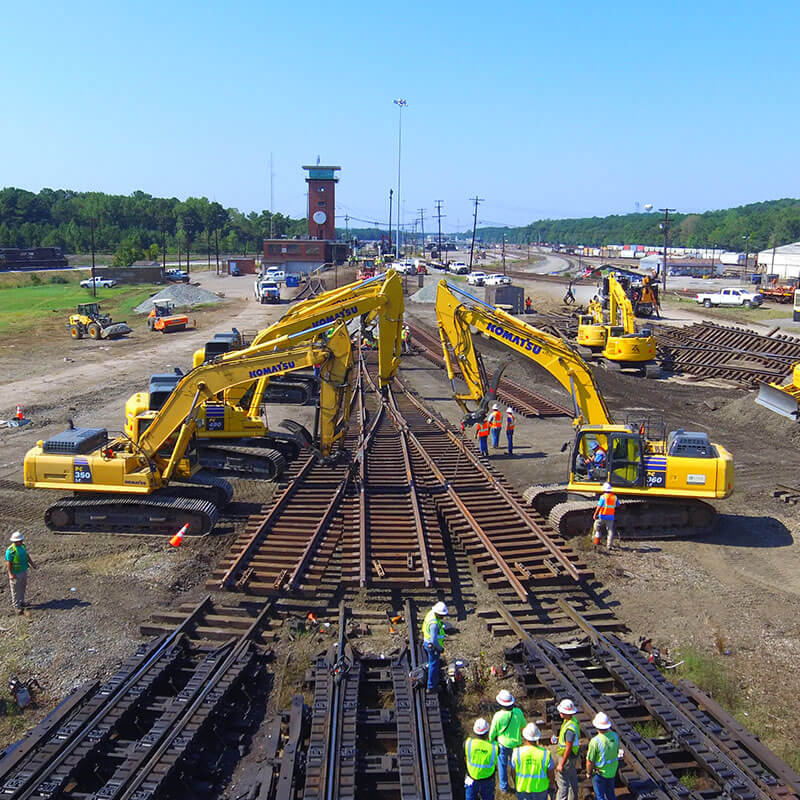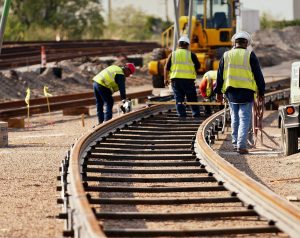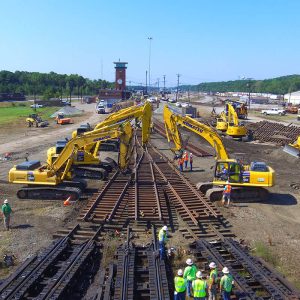Expert Tips for Choosing the Right ows rail System

Selecting the right ows rail system is crucial for ensuring safe, efficient, and long-lasting railway operations. With multiple options available in the market, understanding the key factors that influence performance and reliability can help railway operators make the best choice.
Assessing Your Network Requirements
Before selecting ows rail, it is essential to evaluate the specific needs of your rail network.
1. Train Type and Load Capacity
Consider whether the network primarily handles freight, passengers, or both. ows rail systems vary in their ability to support heavy loads or high-speed trains, so choosing a system suited to your requirements is critical.
2. Track Length and Terrain
The terrain and length of your railway lines impact the type of ows rail needed. Hilly or uneven terrain may require more durable and flexible rail systems to maintain alignment and stability.
3. Operational Speed
High-speed rail networks require ows rail systems designed for smooth rides and minimal vibrations. Matching the rail design to the intended operational speed enhances both safety and efficiency.
Evaluating Material and Construction Quality
The quality of ows rail materials directly affects durability and maintenance needs.
1. High-Strength Steel
Choose ows rail made from premium-grade steel to resist wear, corrosion, and deformation. High-strength steel ensures longer-lasting tracks and fewer replacements.
2. Advanced Fastening Systems
Proper fastening is essential for track stability. ows rail systems with reliable clips and anchors maintain alignment under heavy loads and prevent derailments.
3. Support Structure Design
The underlying support structure of ows rail should evenly distribute train weight, reducing stress on individual rails and prolonging track lifespan.
Maintenance and Monitoring Considerations
When selecting ows rail, it is important to consider maintenance requirements and monitoring capabilities.
- Ease of Maintenance: Choose a system that allows for quick inspections and component replacements.
- Integrated Monitoring: Modern ows rail systems may include sensors to detect misalignment or wear, enabling proactive maintenance.
- Longevity: Opt for ows rail designed for long-term durability to reduce operational costs and downtime.
Expert Recommendations
Railway professionals suggest following these tips when selecting ows rail:
- Consult with experienced engineers to match rail specifications with network needs.
- Review manufacturer warranties and service support for ows rail systems.
- Consider sustainability features, including recyclable materials and energy-efficient design.
- Evaluate past performance data from similar networks using the same ows rail.
Conclusion
Choosing the right ows rail system is critical for safe, efficient, and cost-effective railway operations. By assessing network requirements, evaluating material quality, and considering maintenance and monitoring needs, railway operators can select ows rail systems that maximize performance and longevity. Investing in the proper ows rail ensures reliable service for both freight and passenger operations while reducing long-term maintenance costs.




